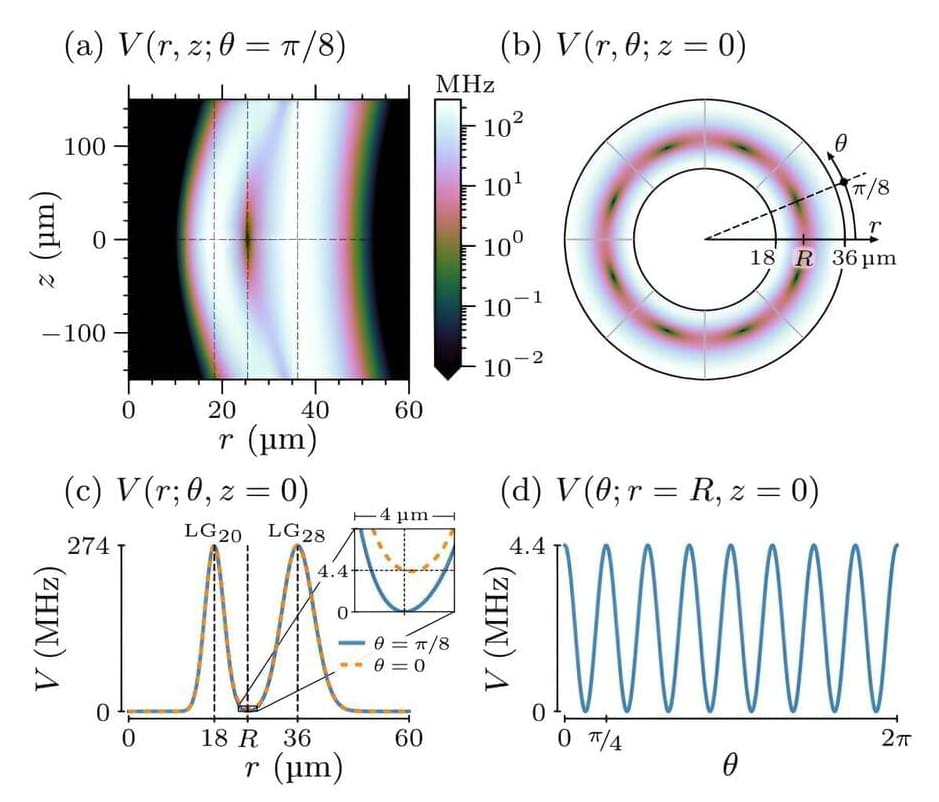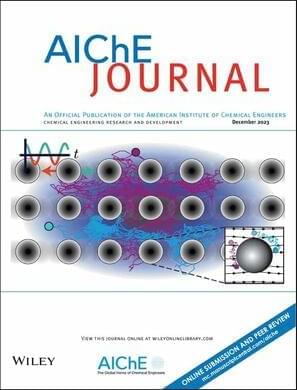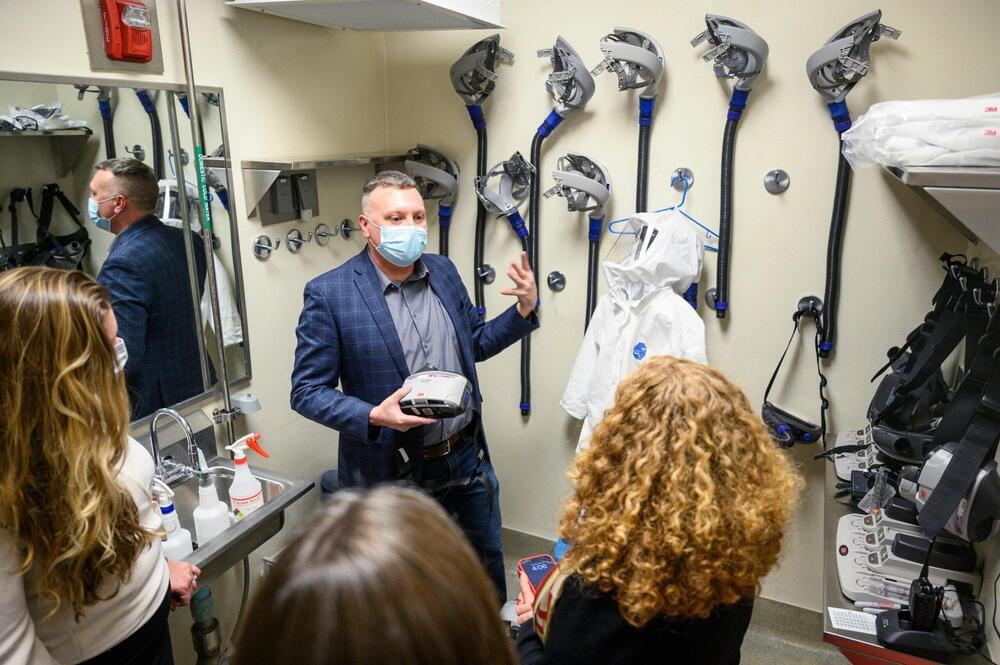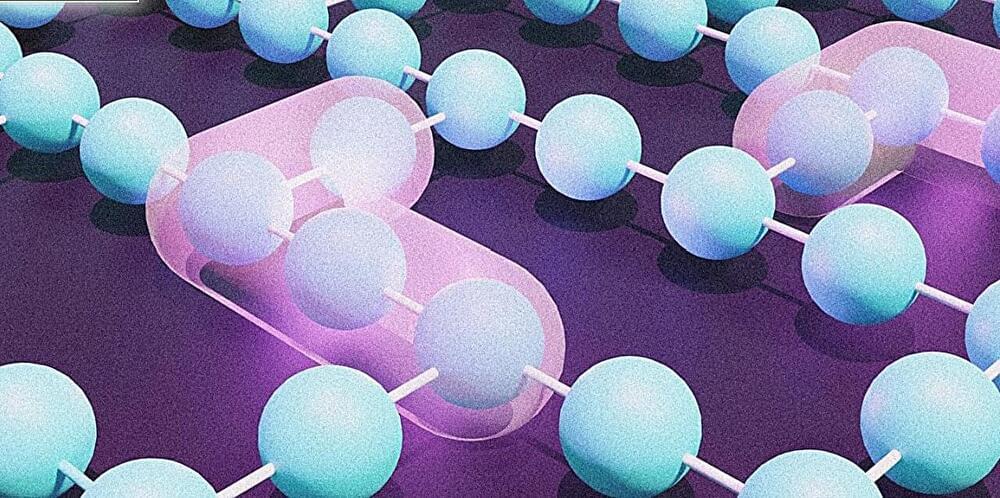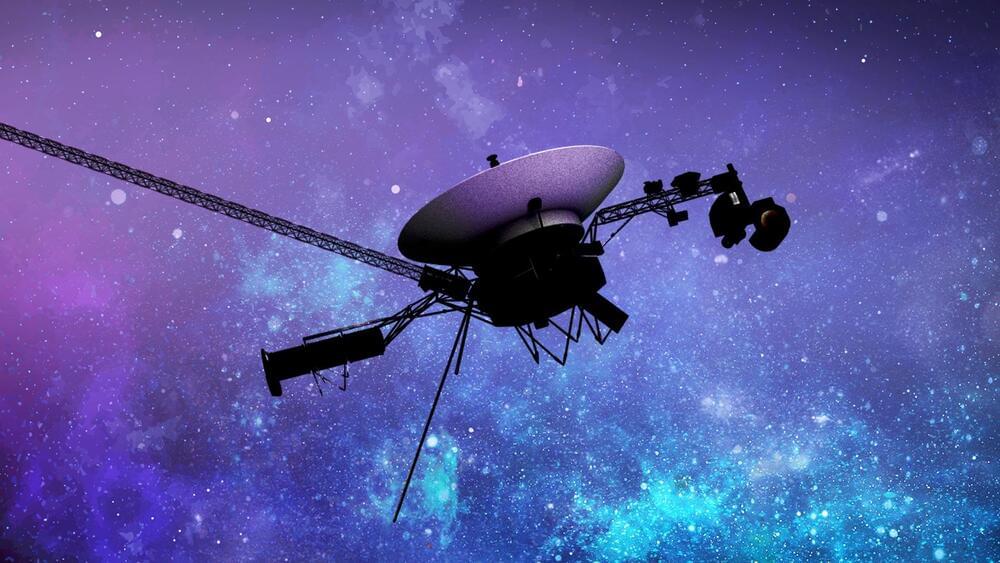New research from the University of Göttingen reveals that amethyst geodes in Uruguay formed at low temperatures from groundwater-like fluids, proposing a new model for their formation based on extensive geological surveys and innovative analytical methods.
Amethyst, the violet variety of quartz, has been used as a gemstone for centuries and is a key economic resource in northern Uruguay. Geodes are hollow rock formations often with quartz crystals, such as amethyst, inside.
In Uruguay, amethyst geodes have been found in cooled lava flows dating back to the original breakup of the supercontinent Gondwana approximately 134 million years ago. However, their formation has remained a mystery.

